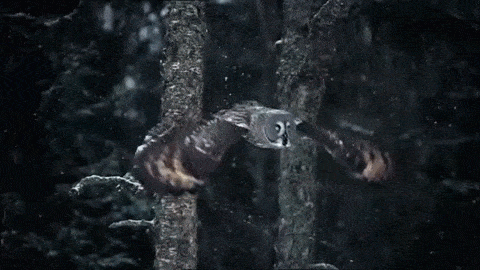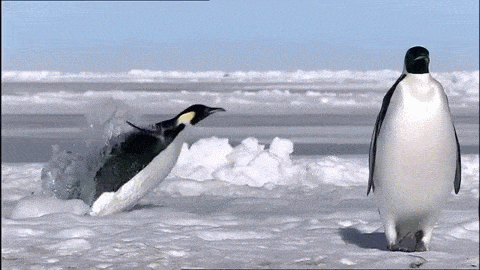An extraordinarily beautiful video about the wonder of pollination. We are all dependent on each other.
The world we live in is all interconnected. It is high past time that we realize this and begin to live our lives in relationship to this truth. Our world as humans have taken a drastic turn in that direction through the use of the internet and social networking sites. But in the natural world it has always been this way. Nothing so vividly illustrates this than the beautiful example of pollination. The old expression about the birds and the bees touches on just how important they are to our world. Without the birds and very importantly the bees, our food production would fall dramatically. Foods such as apples, asparagus, aubergine, avocado, broccoli, brussel sprouts, cauliflower, cucumber, onions, pumpkin, squash and strawberries would be gone. We would also lose many beautiful flowers of the world that help to beautify our lives.
Recently there has been a drastic decrease in the bees from around the world. This is an urgent situation that scientists are diligently trying to solve. Most likely many of us have hardly noticed or given it much thought as to what would happen if the bees were to disappear for good. Below is a beautiful time lapse video that portrays just how important these little creatures and how they make our world so wonderful through their gift of pollination.
Pollinators around the world~
Pollen vectors are animals, usually insects, that transport pollen of plants when using the flowers for feeding, breeding or hiding. The pollen is found adhered to insect's body parts such as face, legs and mouthparts or to mammal's hairs, resulting or helping in the pollination of many plant species. An example are wasps, which can transport pollen and contribute for the pollination of several plant species, being potential or even efficient pollinators.The process of pollination requires pollinators: organisms that carry or move the pollen grains from the anther to the receptive part of the carpel or pistil. This is biotic pollination. The various flower traits (and combinations thereof) that differentially attract one type of pollinator or another are known as pollination syndromes. Roughly 200,000 varieties of animal pollinators are in the wild, most of which are insects.[3] Entomophily, pollination by insects, often occurs on plants that have developed colored petals and a strong scent to attract insects such as, bees, wasps and occasionally ants (Hymenoptera), beetles (Coleoptera), moths and butterflies (Lepidoptera), and flies (Diptera). In zoophily, pollination is performed by vertebrates such as birds and bats, particularly, hummingbirds, sunbirds, spiderhunters, honeyeaters, and fruit bats. Plants adapted to using bats or moths as pollinators typically have white petals and a strong scent, while plants that use birds as pollinators tend to develop red petals and rarely develop a scent (few birds rely on a sense of smell to find plant-based food).
Insect pollinators such as honeybees (Apis mellifera),bumblebees (Bombus terrestris), and butterflies (Thymelicus flavus) have been observed to engage in flower constancy, which means they are more likely to transfer pollen to other conspecific plants. This can be beneficial for the pollenisers, as flower constancy prevents the loss of pollen during interspecific flights and pollinators from clogging stigmas with pollen of other flower species.
~ Excerpted from Wikipedia
VIDEO: The beauty of pollination



















































